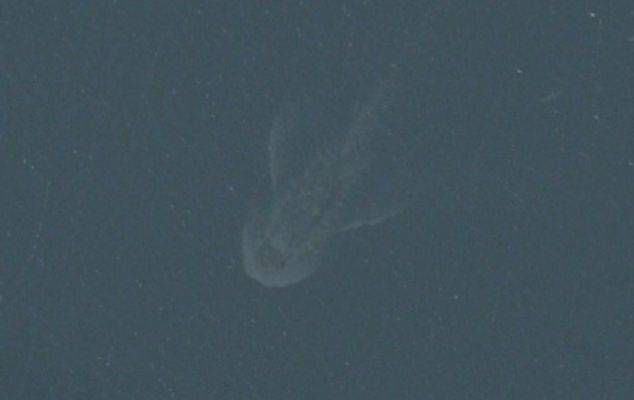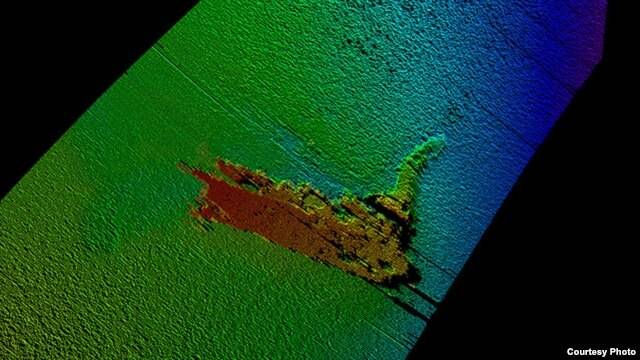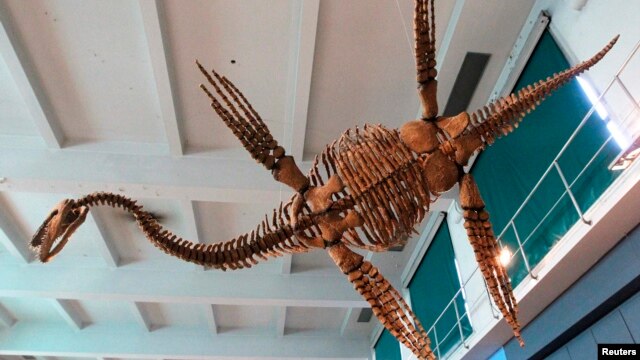percysunshine
Diamond Member
I find it unbelievable that there has never been a Loch Ness monster thread. Well, time to change that. Is this for real?

It looks real.
Is THIS the Loch Ness Monster? Apple's Maps satellite image may have found Nessie | Mail Online

It looks real.
Is THIS the Loch Ness Monster? Apple's Maps satellite image may have found Nessie | Mail Online

